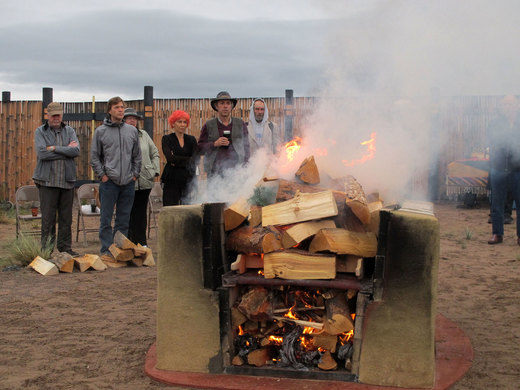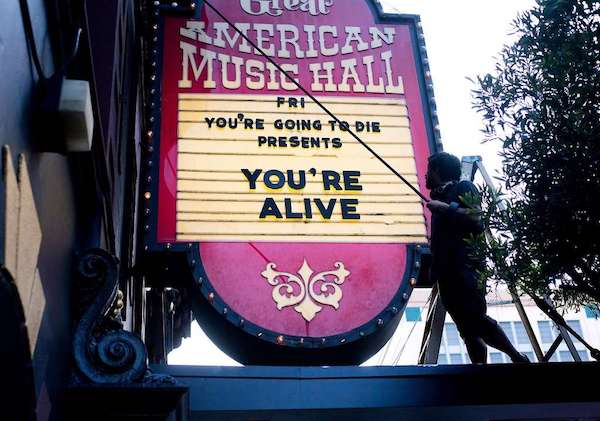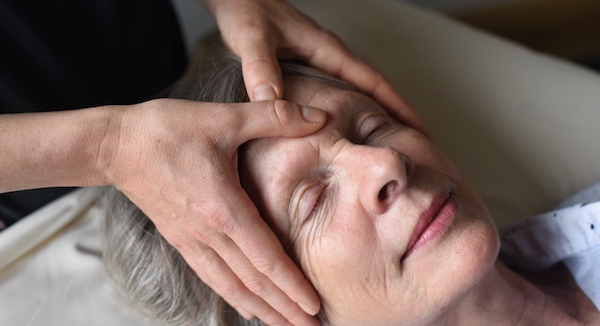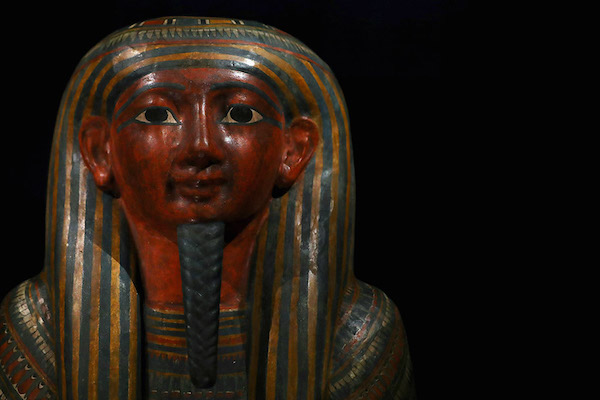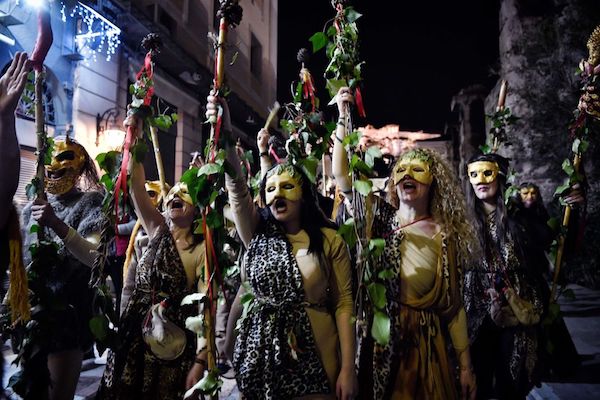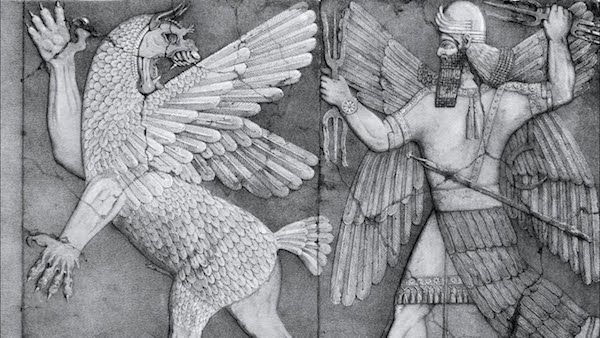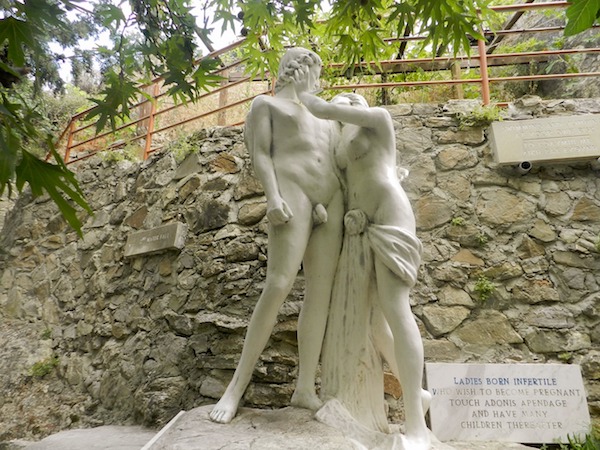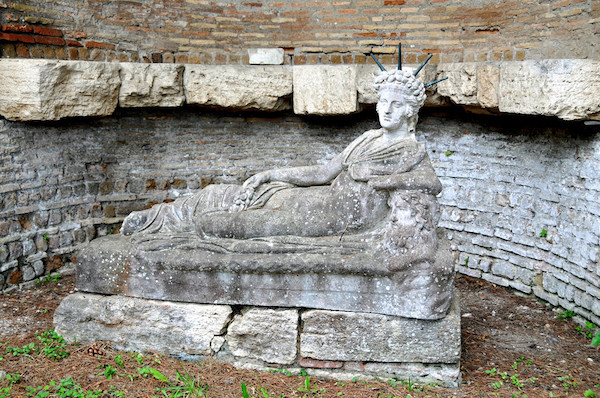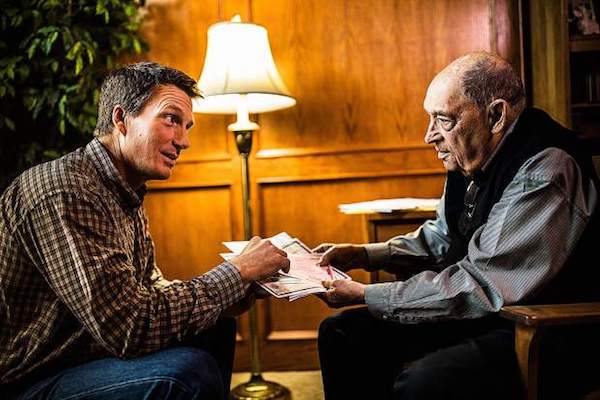
By Cory Fisher
[D]espite the fact that most seniors have very specific ideas regarding how things should be handled when it comes to their care at the end of life, a surprising number have not shared this information with their offspring.
Too often seniors and adult children are eager to avoid the topic and therefore do not take the steps necessary to plan for the final years of life — including getting financial affairs in order and creating plans for care when a senior’s health inevitably begins to decline.
A new survey by Home Instead, Inc. found that while 73 percent of seniors have a written will, only 13 percent have actually made arrangements for long-term care. Additionally, 79 percent of seniors are more comfortable planning for their funerals than planning for when they need full-time care or hospice.
New research reveals it’s the children who feel the most awkward about broaching the subject of a parent’s final wishes. Even as parents approach their final years, adult children still find it hard to accept their parents’ mortality and believe the topic might be upsetting to parents or grandparents.
Yet once the subject has been broached, a 2017 survey of 505 seniors age 75 and over, and 510 adults between the ages of 45 and 69 revealed something quite different. A whopping 88 percent of seniors said discussing plans for their final years made them feel closer to their adult children, and 97 percent of adults who helped with their parents’ planning said it “gave them peace of mind that things would go okay.”
Those end-of-life fears that lead to avoidance only delay the inevitable. In most cases, adult children will be monitoring their parents’ care and the more information they have, the better.
Research, as well as Home Instead Senior Care experts say there are ways to combat those fears. Talk it out, don’t wait for a crisis, put a plan in place, consult experts on end-of-life issues and follow the “40-70 Rule,” which means that if you are at least 40, or your parents are at least 70, it’s time to start about certain senior topics.
Some of the most common fears experienced by seniors, according to research compiled by Home Instead, Inc., include:
- Fear No. 1: “I hate the thought of having feeding tubes and ventilators keeping me alive.”
What you can do about it: Consider establishing a living will. Living wills detail an individual’s treatment preferences in the event he or she is unable to make those decisions. Many lawyers will prepare a living will as part of an estate planning package.
- Fear No. 2: “I’m afraid I will end up in a nursing home, and I don’t want to die in a hospital or institution.”
What you can do about it: There are many options for end of life care outside of nursing homes and hospitals. Adult children can help their parents research home care options so the entire family is prepared when the time comes.
- Fear No. 3: “What if I get dementia and can no longer make my own decisions?”
What you can do about it: It’s wise to have seniors designate a trusted person with power of attorney who will act on their behalf in the event that they are no longer able to advocate for themselves. This will give them peace of mind that their care wishes will be met regardless of their mental acuity.
For adult children, experts suggest the best way to address the end-of-life fears is to communicate clearly with parents about their wishes way in advance. Record specific discussions by taking notes, which could be helpful when making decisions in the future.
For those who feel a great deal of anxiety surrounding this topic, Home Instead offers free resources to encourage seniors and their adult children to talk together about important life plans, which can include end-of-life care, finances, insurance and funeral planning.
A novel component of the free resources offered includes a music generated feature entitled, “Compose Your Life Song.” The light-hearted online exercise, which can be found at http://www.caregiverstress.com/end-of-life-planning/compose-life-song/my-song/, can help families broach difficult subjects more easily.
After completing the activity, seniors are presented with their own customized “song” and accompanying resources that will help them reflect on their personal preparedness during their final years.
The song is a great way to gracefully transition into more serious topics, said Buck Shaw, owner of the Home Instead Senior Care office serving Sacramento, Nevada, Placer and El Dorado counties.
“It’s fun — I’ve done it myself,” he said. “It’s a very basic questionnaire that is a nice blend of topics. It’s so important to talk about these things — I can’t tell you how often I’ve seen families have disagreements when plans aren’t in place. One part of the family thinks grandpa wants one thing, while the other side thinks the opposite.
“It creates an awkward division of the family. I’ve even seen very educated people — doctors and teachers — arguing with relatives who are trying to keep grandpa alive when he was good to go. This can cause rifts in the family that are hard to repair.”
Participants who go online to create their own song respond “yes” or “no” to thought-provoking statements, such as, “I have checked off an item on my bucket list in the past year,” “I frequently visit with people whose company I enjoy,” “I have talked to my family about my end-of-life wishes” and “I have established a will and advanced directives.” This can open the door to deeper, more constructive conversations, said Shaw.
“About 77 percent of adult children think their parents have plans in place, while only 50 percent do,” he said. “In the long run, if we become advocates for seniors, we all win in the end. It’s all about raising awareness and doing the right thing.”
Complete Article ↪HERE↩!




